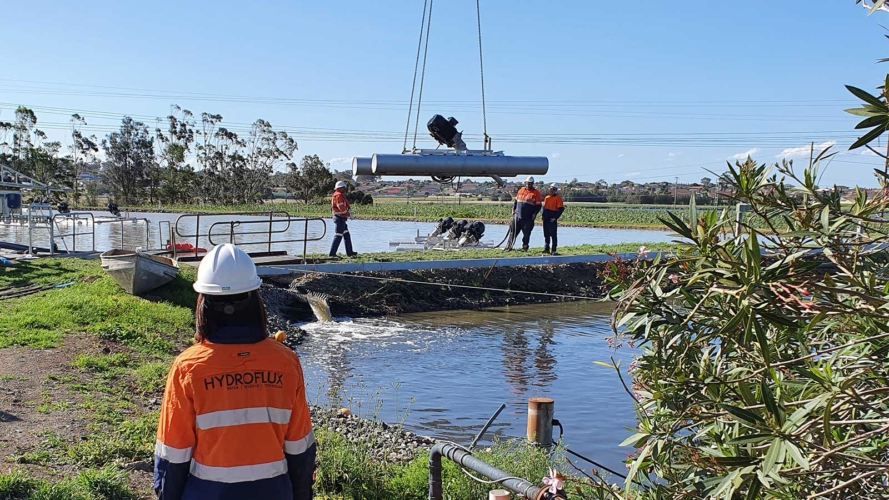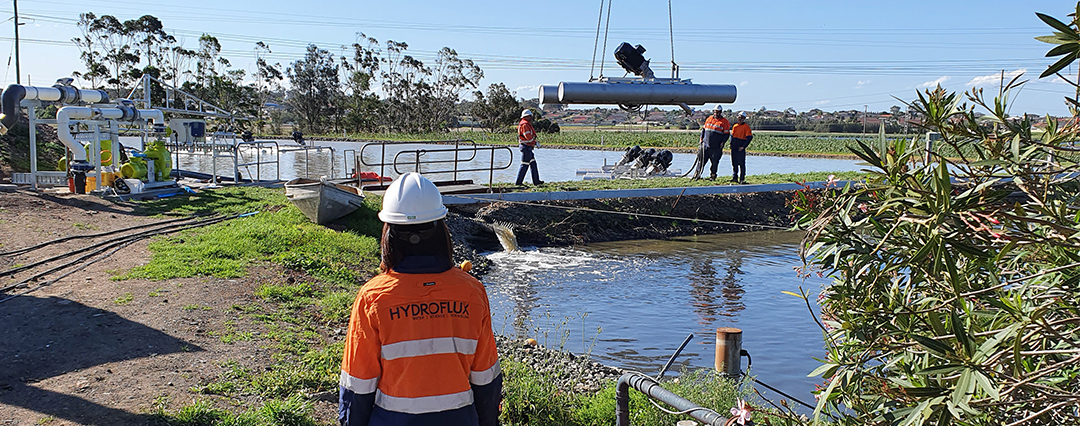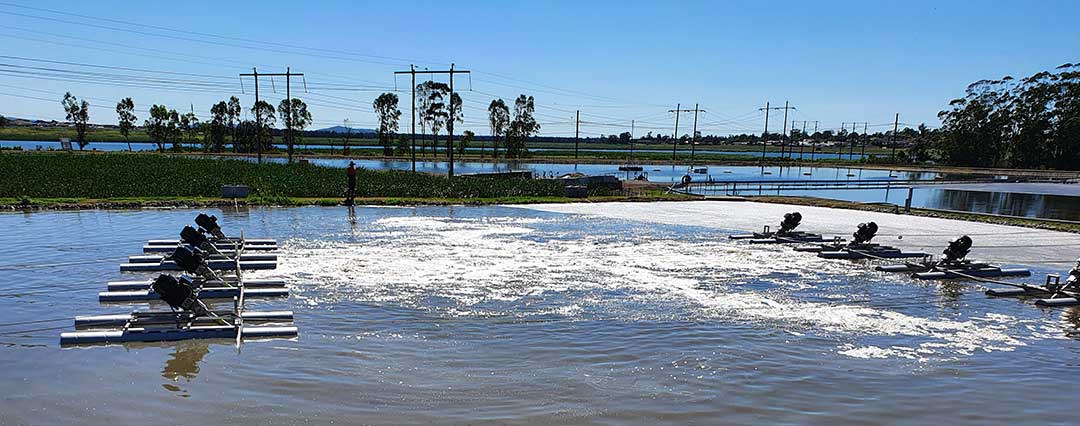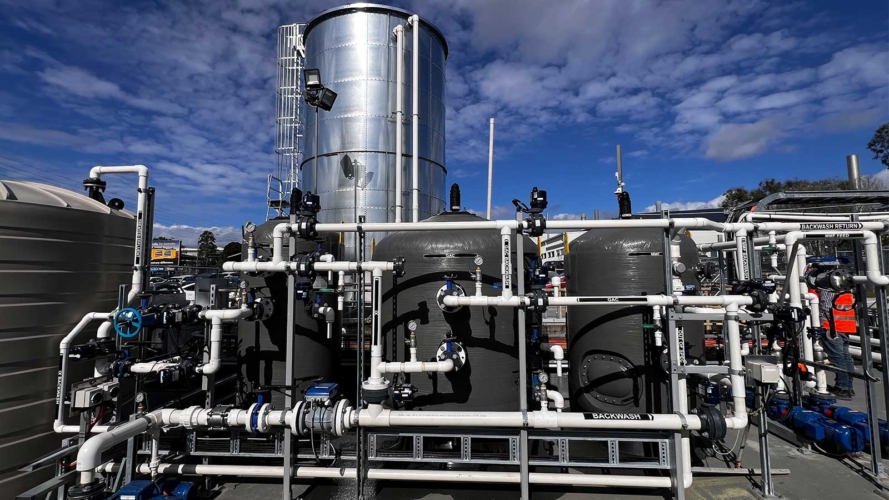
Secondary Treatment Upgrades for Tākaka and Murchison WWTPs
November 14, 2024
New works are being completed for the Tākaka and Murchison WWTPs that are owned and operated by Tasman District Council. The works will focus on reducing nutrient loadings, increasing solids removal and building resilience against storm events.

Hydroflux is supplying several Tornado Surface Aerators to both sites to assist with the upgrade of the secondary treatment process.
Tornado provides high oxygen transfer and intensive mixing capabilities in a wide range of applications. The Tornado aerator’s turbulent directional mixing and jet propulsion discharge assures that oxygen is quickly blended with the wastewater for unmatched oxygen transfer. The intense action of the jet propulsion shears wastewater solids to increase treatment performance and provide better contact for the oxygen and wastewater bacteria.

Some of the key technical features and design advantages include:
- Premium efficiency TEFC motors.
- Grease-lubricated bearings and a solid shaft ensure a vibration-free design.
- 304 or 316 fabrication of wetted parts
- Aeration and mixing occurs below the water surface to eliminate water spraying and splashing
- Well proven across New Zealand
Water moving past the propeller creates a low-pressure zone at the propeller hub. This draws air through the draft tube air inlet hole down to the propeller. Action of the propeller mixes the air stream with the water resulting in tiny bubbles. The air and water mixture is forced away from the propeller both horizontally and vertically effectively mixing and oxygenating the water.
To learn more about our full range of wastewater treatment technology and solutions please visit www.hydrofluxepco.au or contact us on 1300 417 697.
About the Hydroflux Group
The Hydroflux Group aims to deliver the highest level of engineering and scientific know-how to the emerging issues of sustainability, climate adaptation and environmental protection with a specific focus on water and wastewater.
As part of its vision and mission, Hydroflux has always taken its climate responsibility seriously. In 2022, Hydroflux became Australia’s first water treatment and technology company to achieve Climate Active carbon neutral certification for its organisation and products. It knows that partnering with customers and clients is the most significant impact it can have in its journey. The Group employs over 100 staff and operates throughout Australia, New Zealand and the Pacific Islands, with office locations in Sydney, Melbourne, Brisbane, Perth, Auckland, Suva and Portsmouth.
Up Next
Categories
- Tradeshows
- Climate
- Community Engagement
- Corporate Announcements
- Group News
- Newsletters
- Product News
- Project Announcement


